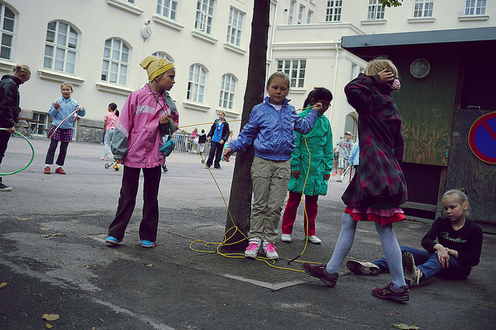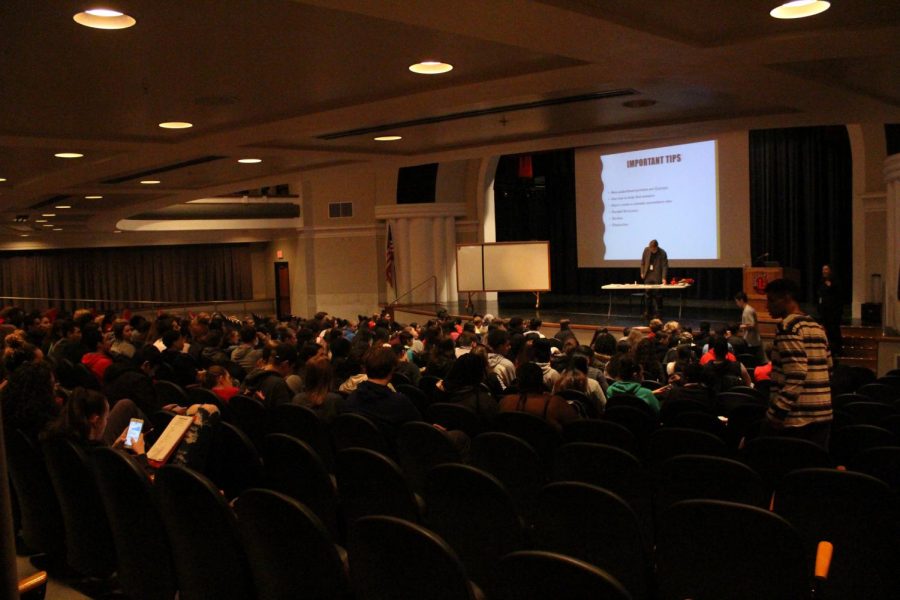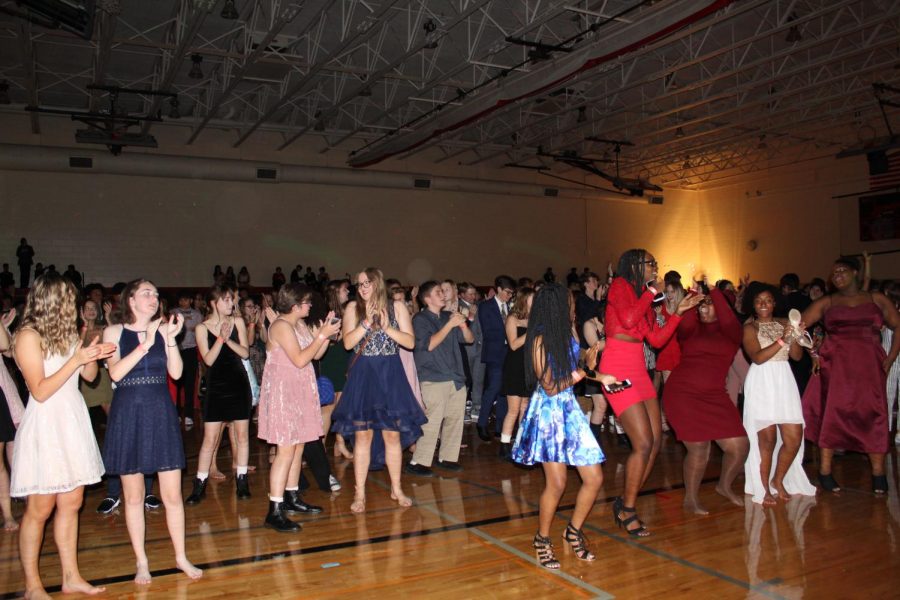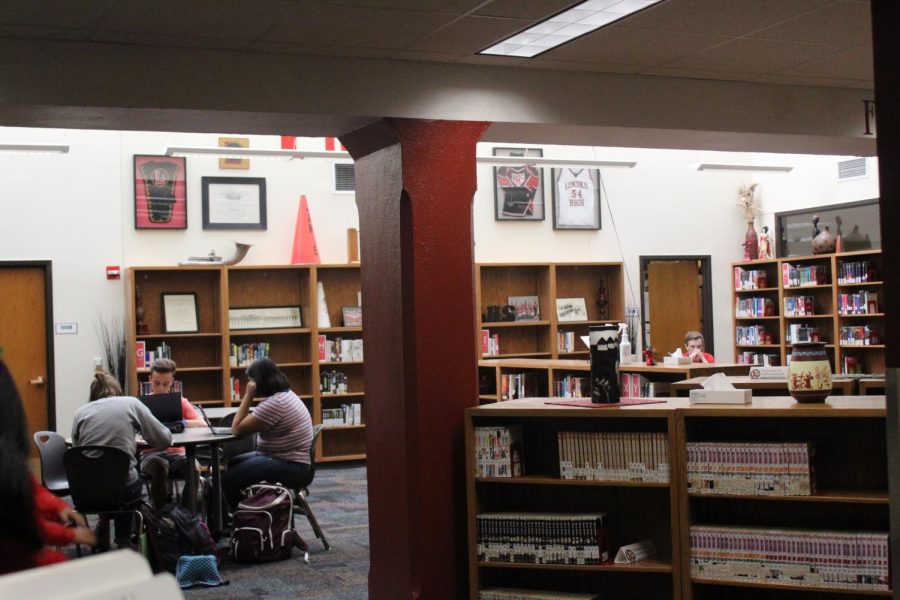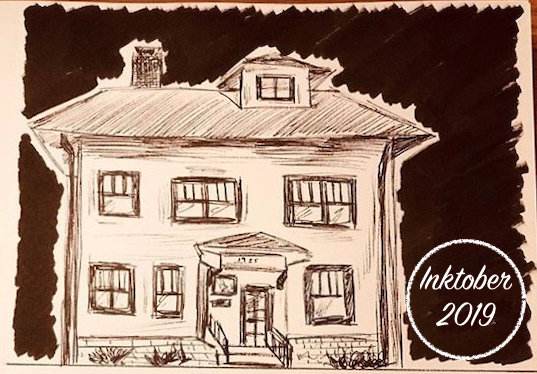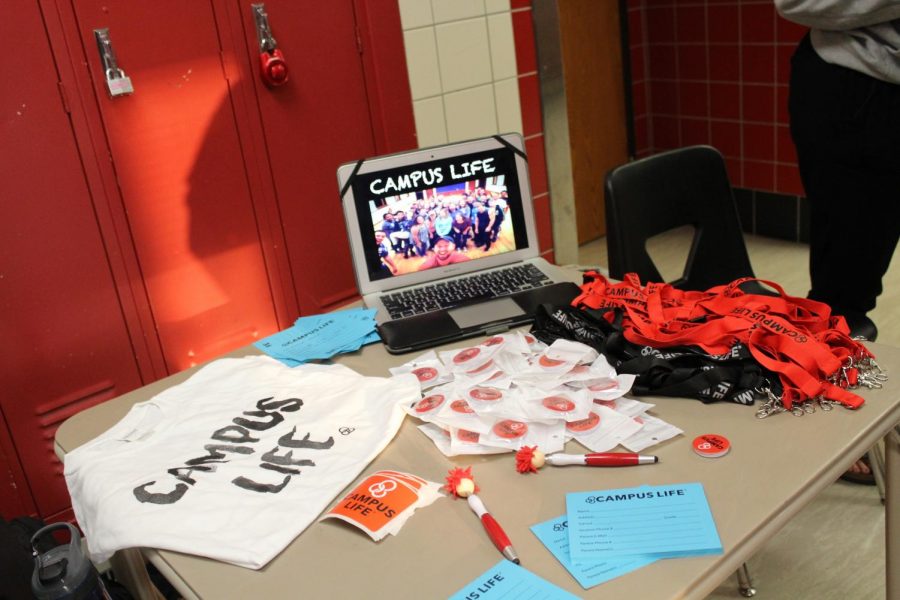By Audrey Perry
While America is high in the rankings for many things in the world, it would be reasonable to guess that education is one of our strengths.
On the contrary, we fall down to the “14th best school system” according to Education Ranking, with Finland beating out the rest of the world.
But what is different about Finland’s school system from ours that makes them number one?
Finnish schools are renowned for their short school days with only around four hours of instructional education and still achieve the highest standardized test scores. Students even have up to 75 minutes of recess, and they aren’t given any homework until their teens, when only 10-15 minutes is required to finish their work.
To outsiders, it may become easy to imagine Finnish schools as places where everything is more advanced and the students are more adept at learning than anywhere else.
Lincoln High Math Instructional Coach Amber Vlasnik had an opportunity to visit Finland this previous summer, and she has some insights on the experience.
“I have always been intimidated by Finland,” Vlasnik said. “I pictured Finnish classrooms as a dreamworld where all of the students are fully engaged learners – at the edge of their seats waiting for the next challenging problem they could solve with their perfectly-honed critical thinking skills.”
Vlasnik was shocked when she showed up to an eighth grade classroom and asked the students,“If I were to walk into your classroom on any given day, what would I see?” They answered, “We would be sitting with partners working on math problems. Our teacher would be doing examples for us. I wish we had more opportunities to talk and collaborate with each other.”
It made Vlasnik realize that Finnish schools have similar approaches to the way we learn and still face the same challenges as we do. They still have problems with cooperative learning and student engagement. They are still looking to improve their teaching skills, just as we are.
Still, they surpass our skills. Is it because of their teaching methods?
While she was visiting Finland, Vlasnik was able to learn from Tim Walker, the author of Teach Like Finland. She was able to learn about two Finnish teaching methods: phenomenon-based learning and skills-based learning.
Phenomenon-based learning is when teachers teach the students a subject and incorporate different areas of content to help the students best understand the topic.
“For example, students might explore the phenomenon of weather,” Vlasnik said. “The teacher will act as a facilitator to guide the students through a learning process where they might learn some science, some math, some art, some geography.”
“The process is meant to incite a sense of wonder and curiosity in students rather than just telling them ‘here is what we are going to learn and here is how we will learn it,’” Vlasnik said.
Skills-based learning is the concept of “not content with skills, but skills with content,” Vlasnik said. At Lincoln High this would be like focusing less on the “Know” or “Understand”, but more on the “Be Able To” aspect.
But overall, Finland is just focused on instilling a lifelong love of learning. Teachers are able to spend more time working with one another and have more freedom to tailor their teaching based on what their students’ needs are.
Every day is a work in progress, and Finland still has some kinks to work out. In the U.S. everyone has access to high school, but in Finland, the students are tracked as 13 and 14 year olds to determine whether or not they receive those opportunities.
“The choices they make and their performance can determine their education and career opportunities for the rest of their lives,” Vlasnik said. “That is a lot of pressure.”
While looking back to how Finland is superior, we need to think about context, Vlasnik said.
“We need to know that there are innate societal differences between our two nations and how we approach education,” she said. “Some of those difference are good, and some are not.”
Using this information, Vlasnik said, we can still look for ways to improve our own education and realize that the things that make Finland the best, might not work for the way that our nation works.
Whether possible or not, we can look to Finland to try and implement those elements that might work into our efforts to reform and improve education in the U.S.


